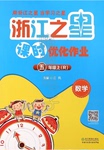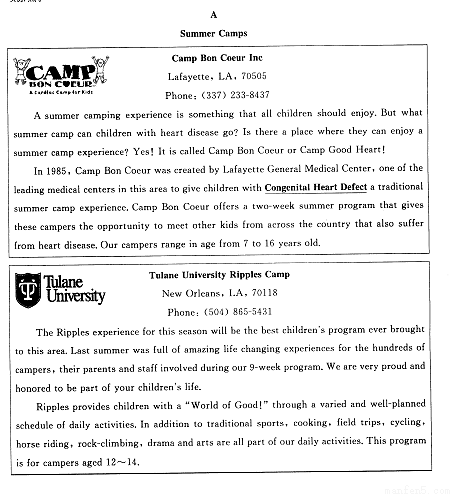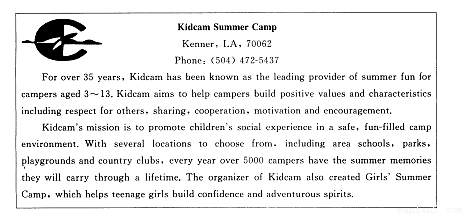题目内容
你的美国笔友 Chris 帮你买到了史蒂夫乔布斯的纪念邮票并随信寄来,请你根据以下提示给 他回信。
1.非常喜欢,表示感谢;
2.回赠三张马年邮票;
3.中国邮票展暑期在北京举办,邀请他参加。
Dear Chris,
____________________________________________________________________________________________
____________________________________________________________________________________________
____________________________________________________________________________________________
Yours Joe
Dear Chris,
Thank you for the stamps of Steve Jobs! I like them very much. It’s so nice to have a pen-friend who shares the same interest with me! I’m sending you three Year of the Horse stamps, Hope you’ll like them. By the way, an exhibition of Chinese stamps will be held in Beijing this summer. Would you like to come and visit it with me? I’m sure we’ll find a lot of fun there! Looking forward to your early reply.
Yours, Joe
【解析】
试题分析:这是一篇提纲类书面表达,文章的要点也基本上都给出来了,而且很具体,考生要把要点解释清楚,不能有遗漏,还要适当增加细节,让内容更丰富,在写作的过程中,要注意使用高级词汇和高级句型,如强调句,倒装句等,让文章更上档次。同时在列举措施的时候要使用合适的连接词如:First,second, Besides, What’s more等,让文章看起来很有条理,也很流畅。本篇文章在写作时不要啰嗦,力求简洁。
【亮点说明】所给范文语言简洁,运用了好的词组和句子: By the way顺便说一下, Look forward to盼望,It’s so nice to have a pen-friend who shares the same interest with me!这句话用了it做形式主语和定语从句, an exhibition of Chinese stamps will be held in Beijing this summer. 这句话用了被动语态,I’m sure we’ll find a lot of fun there! 这句话用了宾语从句。
考点:考查提纲类书面表达

 优秀生应用题卡口算天天练系列答案
优秀生应用题卡口算天天练系列答案 浙江之星课时优化作业系列答案
浙江之星课时优化作业系列答案 tes, serving from 1921 until his death in 1923. 1. One was a successful international conference (会议).
tes, serving from 1921 until his death in 1923. 1. One was a successful international conference (会议).

 D.ought to
D.ought to D. tone
D. tone